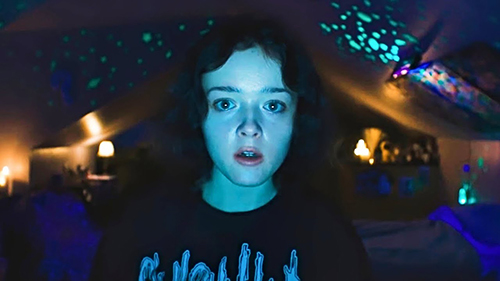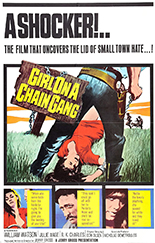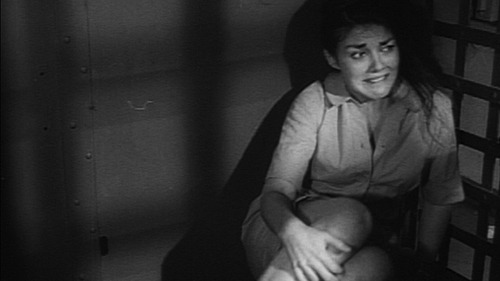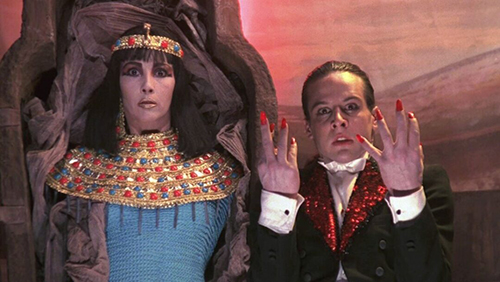
 At the age where teens tend to feel most alienated, the short, spunky Casey (Anna Cobb) is further alienated by living in a dreary small town. Entertainment provides her escape. In fact, she loves scary movies so much, she’d like to live in one.
At the age where teens tend to feel most alienated, the short, spunky Casey (Anna Cobb) is further alienated by living in a dreary small town. Entertainment provides her escape. In fact, she loves scary movies so much, she’d like to live in one.
Wish granted.
Casey tells this to the camera — both the one on her phone and the one employed by Jane Schoenbrun to make We’re All Going to the World’s Fair. In doing so, Casey broadcasts every brooding thought of her boring life, often painfully and in real time, to the world — or, more realistically, about 50 followers.
The DIY ADD horror show opens with her taking “the World’s Fair challenge.” What it involves — a Candyman-style chant, a pricked finger and a trippy video — is of no importance against its supposed consequence: a gradual loss of self-control. Indeed, as she reveals via chat to a total stranger (predator?) known only as JLB (Michael J. Rogers, Beyond the Black Rainbow), she’s starting to feel … changes.
Cobb makes quite an impression and an assured screen debut as Casey, best exemplified when dancing to a pop song and … well, I won’t spoil it, but the moment is terrifying. Throughout, to say Schoenbrun implies more than shows or tells would be an understatement. Their picture is itself a challenge — so aggressively unconventional in all regards, it seems to dare viewers to like it. Given the fervent cult already forming around it and its experimental narrative, enough have taken that dare and urged others to do the same.
Feeling empty at its closing, I wondered: What had I failed to see? Turns out, a transgender subtext. As a heterosexual male, that completely escaped me, yet I still found chunks of the movie to be fascinating: the clip-based ones between the parts cast (purposely, no doubt) in a heavy shade of blah. The videos Casey lets play at random possess a peculiar, near-narcotic pull to her and us, knowing we can’t wait to see what might confront us next. —Rod Lott


 Nearly a decade before
Nearly a decade before 




